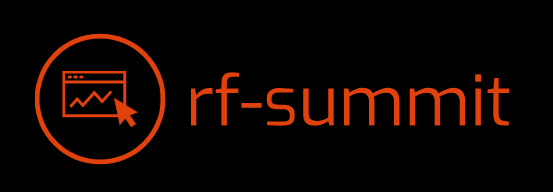Automating Recruitment Processes
The hiring process is often a bottleneck for many organizations. Manual tasks like screening resumes, scheduling interviews, and sending out offer letters consume significant time and resources. Applicant Tracking Systems (ATS) are now incredibly sophisticated, automating many of these steps. Some even incorporate AI to help identify the best candidates based on pre-defined criteria, significantly reducing the time-to-hire. Beyond just automation, many modern ATS platforms offer robust reporting capabilities, allowing HR to analyze recruitment efficiency and identify areas for improvement. This data-driven approach helps to refine the recruitment strategy and optimize the overall process.
Improving Employee Onboarding with Technology
First impressions matter, and a chaotic onboarding experience can leave a negative impact on new hires. Technology can streamline this process dramatically. Digital onboarding platforms allow for automated document signing, policy acknowledgements, and access to essential company information. These platforms can also facilitate communication between new hires and their managers, ensuring a smooth transition into the role. Furthermore, integrating learning management systems (LMS) allows for immediate access to training materials, accelerating the learning curve and boosting employee productivity from day one.
Streamlining Payroll and Benefits Administration
Payroll is a crucial function, and inaccuracies can lead to significant problems. Payroll software solutions automate the calculation of salaries, deductions, and taxes, minimizing human error. These systems often integrate with benefits administration platforms, providing a centralized view of employee compensation and benefits. This integration offers employees self-service options, allowing them to access pay stubs, W-2s, and benefit information anytime, anywhere. This convenience improves employee satisfaction and frees up HR staff to focus on strategic initiatives.
Leveraging HR Analytics for Data-Driven Decisions
Data is king, and HR is no exception. HR analytics dashboards provide insights into various aspects of the workforce, such as employee turnover rates, performance metrics, and employee satisfaction levels. This data allows HR professionals to identify trends, address potential issues proactively, and make informed decisions based on evidence rather than gut feeling. For instance, high turnover in a specific department might highlight a need for improved management training or a review of compensation packages. Sophisticated analytics tools can even predict future trends, enabling HR to proactively plan for workforce needs.
Boosting Employee Engagement Through Technology
Employee engagement is crucial for productivity and retention. Technology plays a vital role in fostering a positive work environment. Internal communication platforms facilitate seamless information sharing, allowing employees to stay connected and informed. Employee feedback tools allow for anonymous surveys and regular pulse checks, providing HR with valuable insights into employee sentiment. These tools also promote a culture of transparency and open communication, fostering trust and improving overall employee satisfaction.
Enhancing Employee Self-Service Capabilities
Empowering employees with self-service capabilities frees up HR staff to focus on more strategic tasks. Employee self-service portals allow employees to manage their personal information, request time off, access payroll information, and enroll in benefits programs. This reduces the administrative burden on HR, allowing them to concentrate on more complex issues. Furthermore, it empowers employees, increasing their autonomy and satisfaction. A well-designed self-service system can significantly reduce the volume of routine HR inquiries, streamlining operations and improving efficiency.
Improving Performance Management with Technology
Performance management is crucial for individual and organizational success. Traditional methods often involve cumbersome paperwork and infrequent reviews. Technology offers a more streamlined approach. Performance management software enables setting clear goals, tracking progress, providing regular feedback, and conducting performance reviews efficiently. These systems often incorporate features for 360-degree feedback, providing a more holistic view of employee performance. The data gathered can be used to identify training needs and guide career development, fostering employee growth and improving overall organizational performance.
Ensuring Data Security and Privacy
With the increased reliance on technology in HR, data security and privacy are paramount. Choosing reputable HR technology providers with robust security measures is crucial. Compliance with relevant data protection regulations, such as GDPR and CCPA, is essential. HR departments must implement strong security protocols and regularly review and update their security policies to protect sensitive employee data from unauthorized access or breaches. This is not just about compliance; it’s about building trust and maintaining the confidentiality of employee information. Read also about popular hr systems





